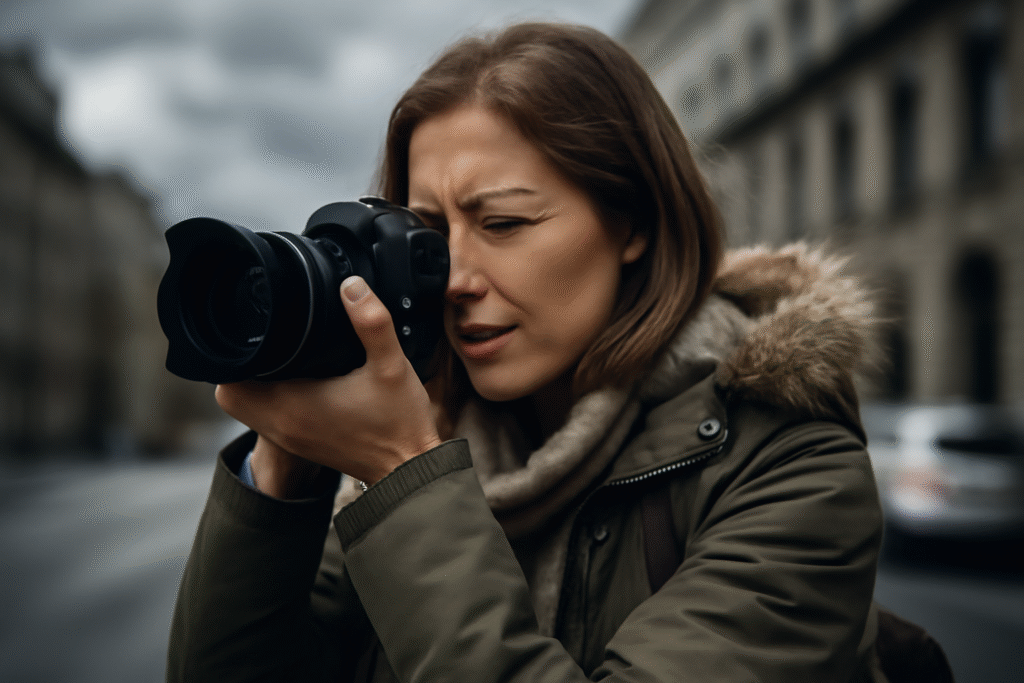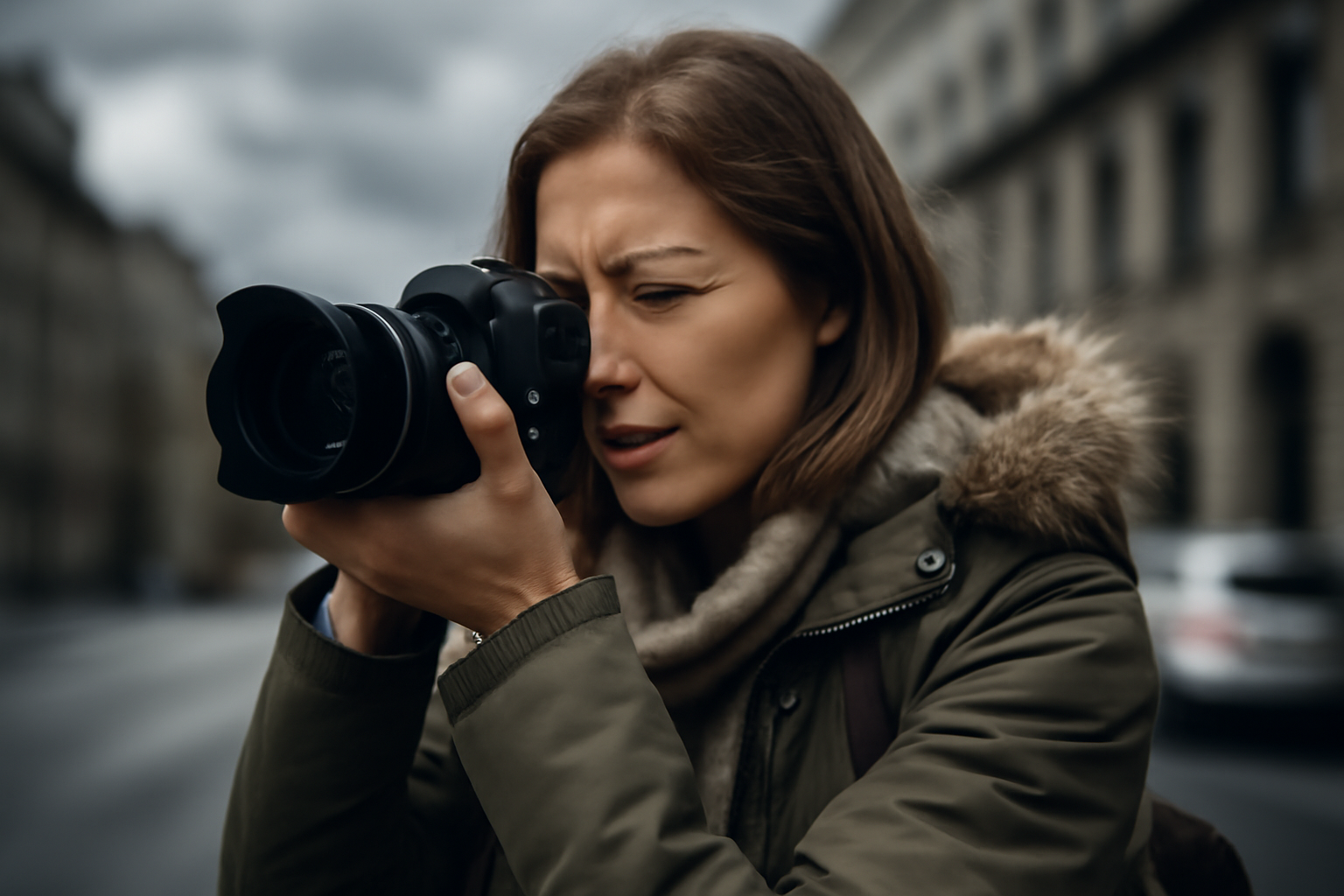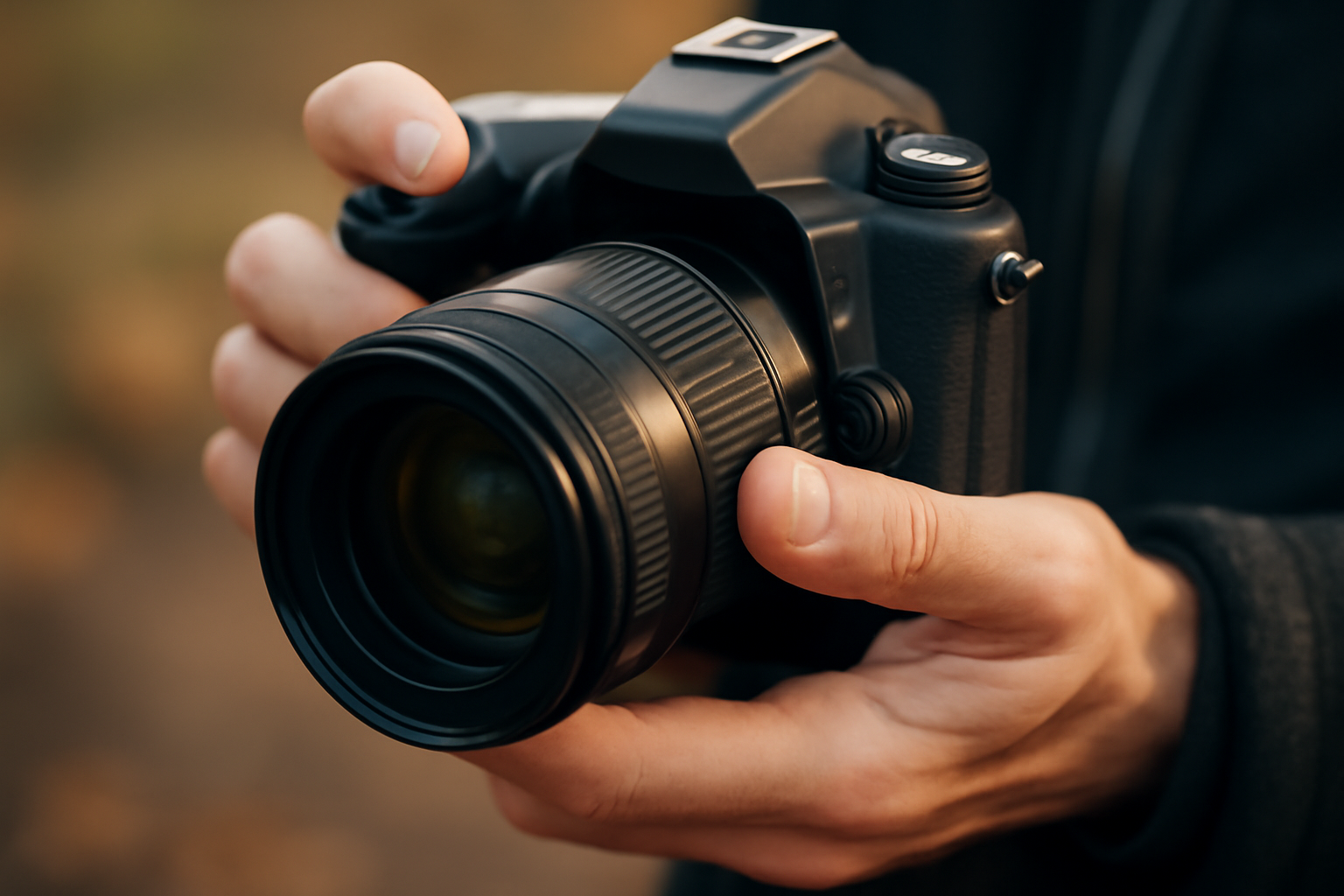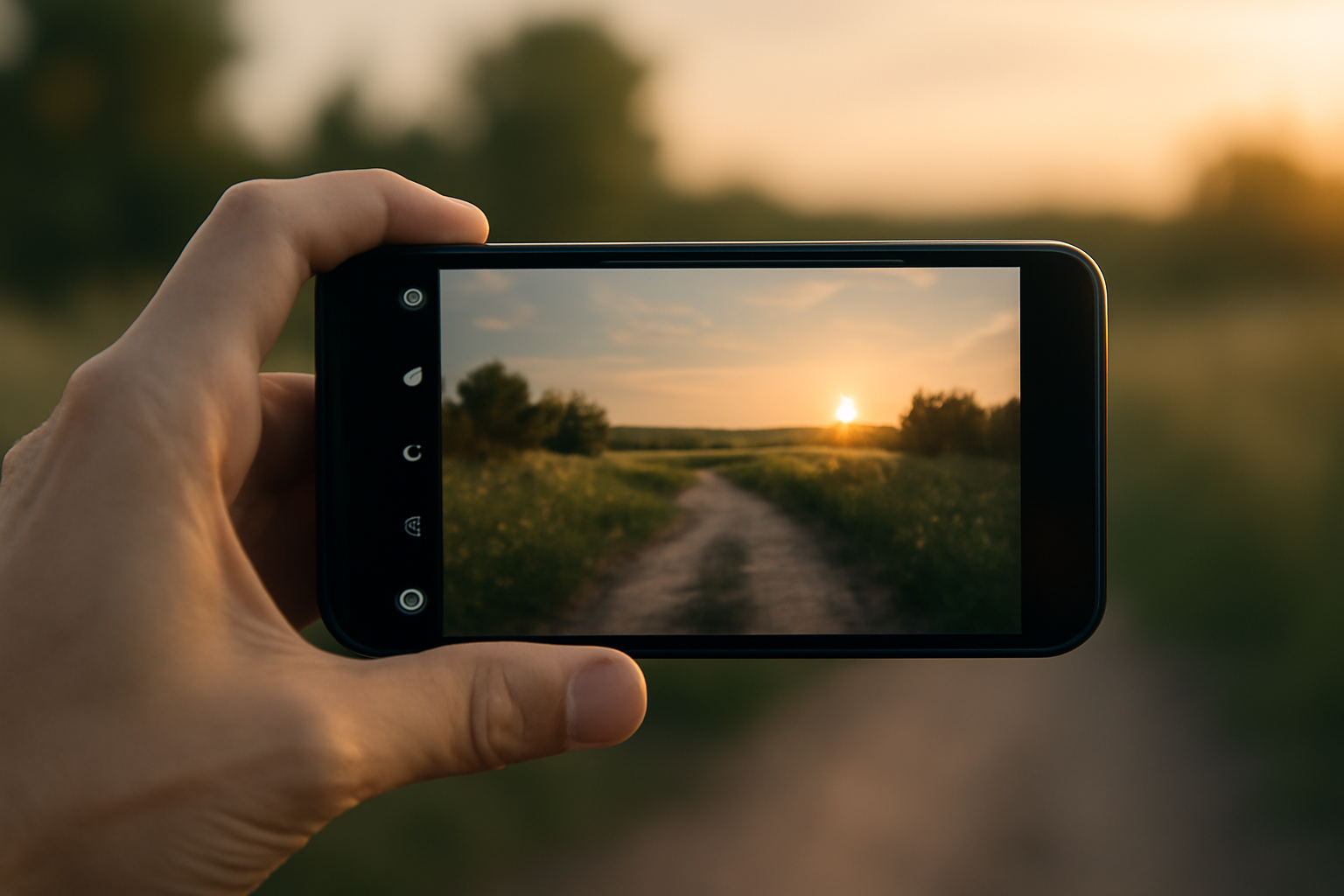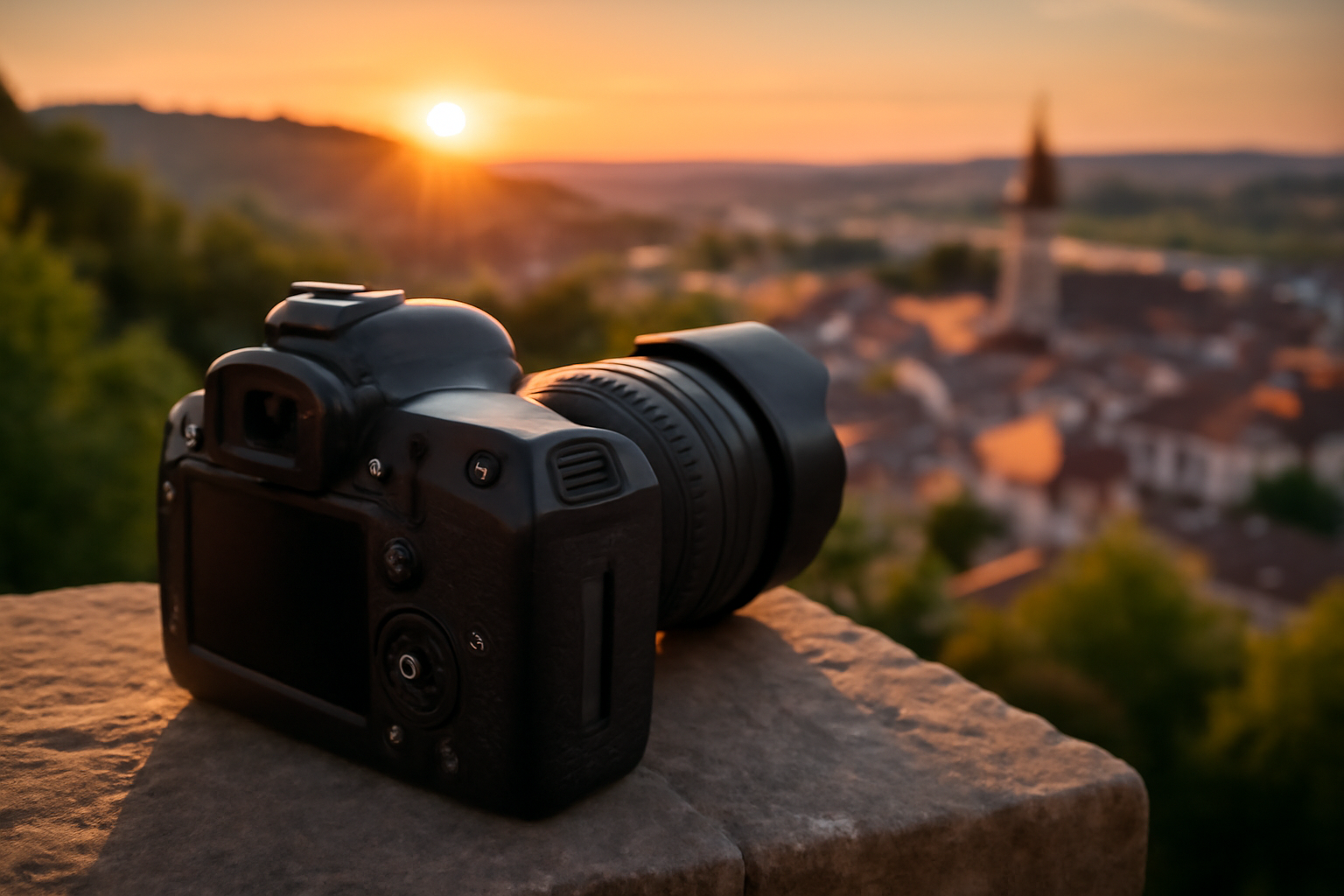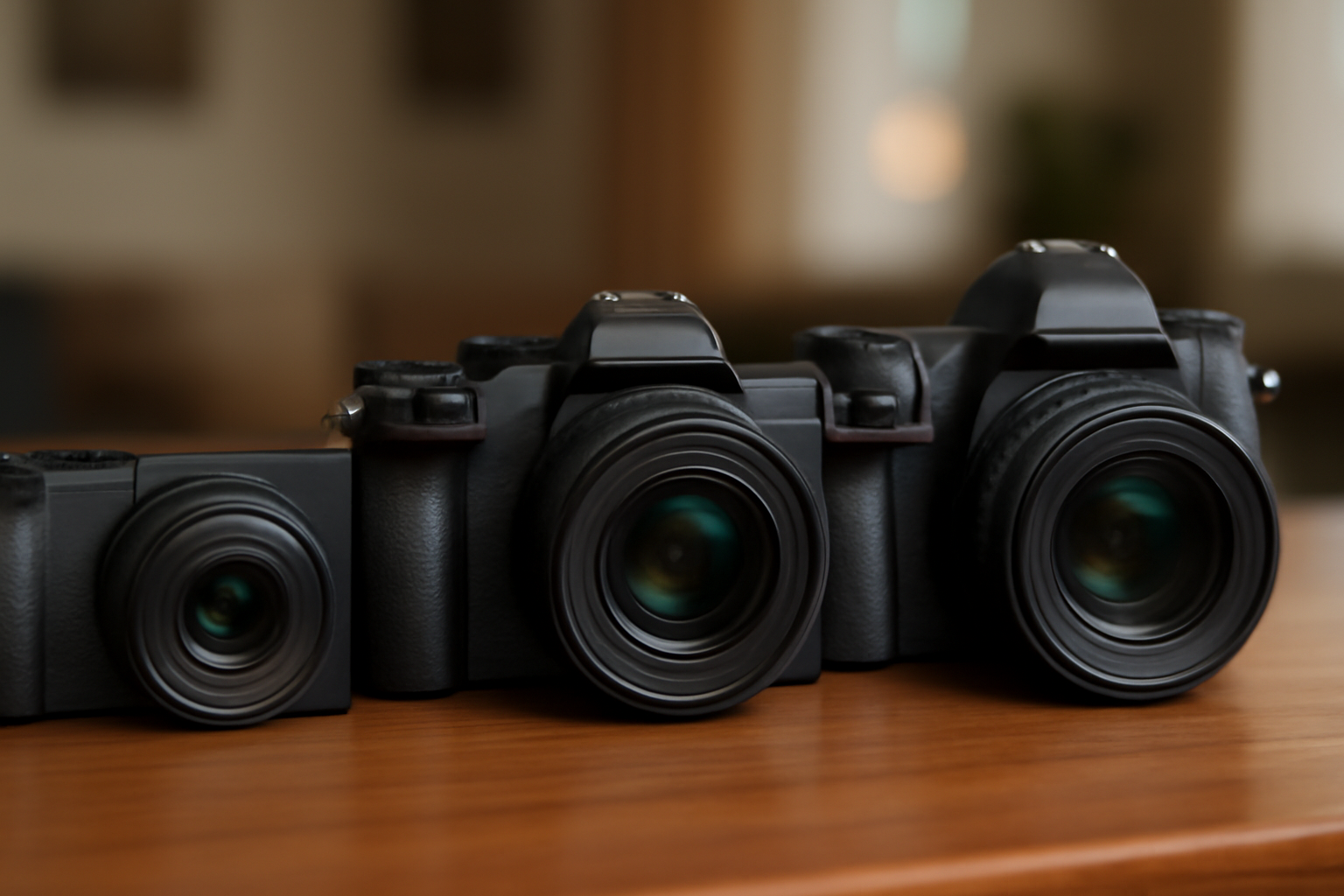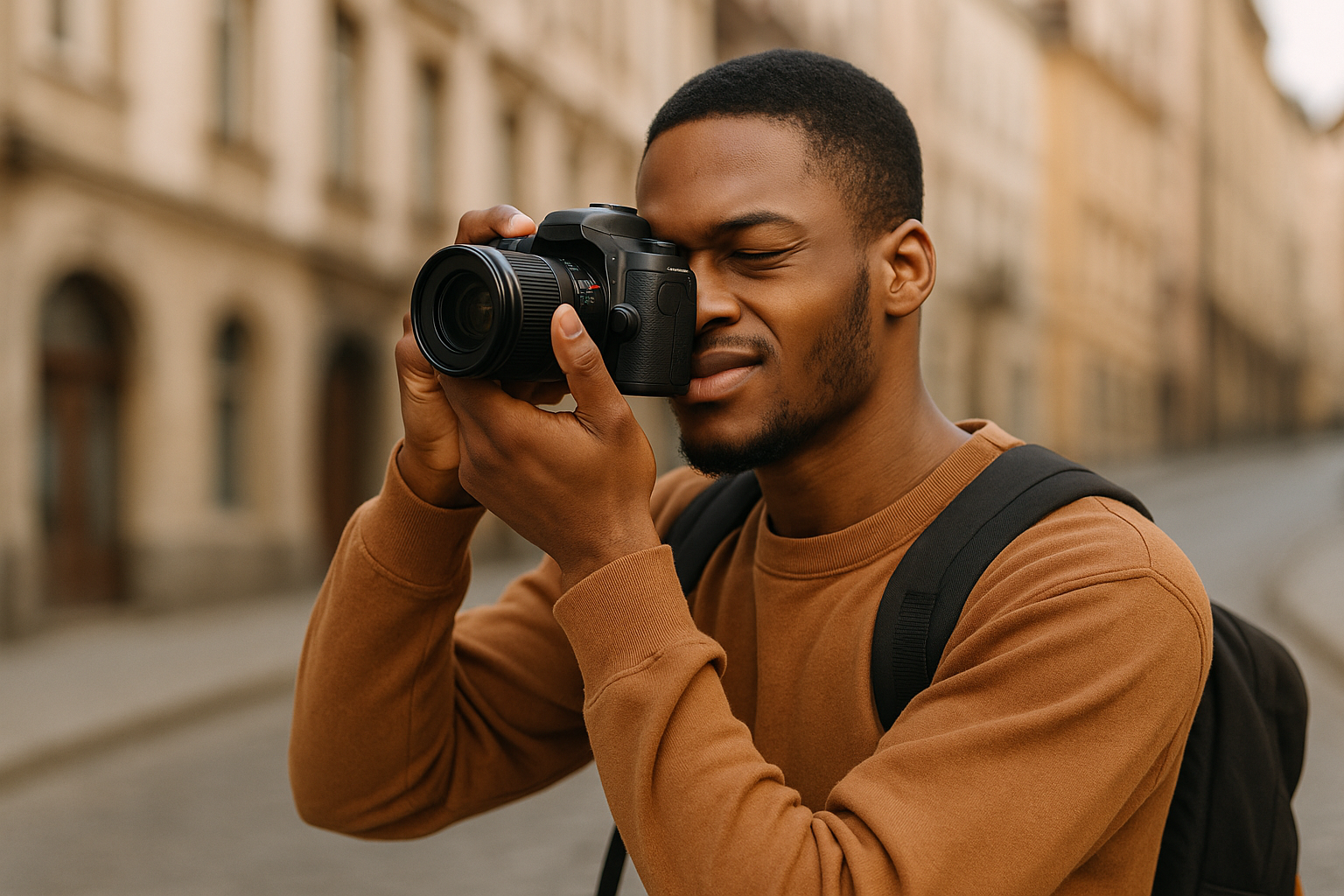When most people see gray skies, their first instinct is to put the camera away. After all, clouds block the sun, wash out the sky, and make the world look dull. But experienced photographers know cloudy days are a hidden gift. The soft, even light that clouds provide can transform your images, helping you capture detail, mood, and emotion in ways that bright sunlight often can’t.
Learning how to take advantage of cloudy conditions is about shifting perspective. Instead of seeing clouds as obstacles, see them as natural light diffusers that make your photos more nuanced and expressive. Whether you’re photographing portraits, landscapes, or street scenes, cloudy days can actually elevate your work if you know how to approach them.
Let’s dive into techniques, tips, and mindset shifts that will help you take stunning photos under gray skies.
Why Cloudy Light Is Special
Clouds act like a giant softbox, spreading sunlight evenly across the sky. This results in softer shadows, balanced highlights, and more flattering light overall.
Benefits of cloudy light:
- Soft, even illumination reduces harsh shadows.
- Balanced light enhances detail in both highlights and shadows.
- Natural vignettes disappear, giving you more control over exposure.
- Mood and atmosphere become stronger, allowing for storytelling.
Instead of fighting the weather, embrace it as one of the best natural lighting setups available.
Embrace the Mood
Cloudy days naturally lend themselves to certain moods — calm, mysterious, reflective, or dramatic. Instead of trying to make the photos look like they were taken on a sunny day, lean into the mood the clouds provide.
For example, a foggy park can evoke serenity, while an overcast city street can look cinematic. Adjust your mindset: cloudy doesn’t mean boring — it means moody.
Adjust Your White Balance
Cloudy light often has a cool, bluish tone. Left unadjusted, your photos might feel colder than intended.
Solutions:
- Set your camera’s white balance to “Cloudy” to add warmth.
- Manually adjust Kelvin temperature for fine control.
- In post-processing, experiment with warmer tones if needed.
Don’t be afraid of cooler tones, though. Sometimes they enhance the atmosphere of a cloudy scene.
Use the Even Light for Portraits
Bright sunlight can create unflattering shadows under the eyes and nose. On a cloudy day, light wraps around faces softly, giving smooth skin tones and flattering features.
Tips for portraits:
- Position your subject facing open sky for the most even light.
- Use the muted background to emphasize expressions.
- Add a reflector if you want more sparkle in the eyes.
Cloudy days are portrait photographers’ best-kept secret.
Pay Attention to Backgrounds
One challenge of cloudy skies is that they often look flat or dull in photos. If the sky is featureless, avoid making it a dominant part of your composition.
Strategies:
- Angle your camera down to focus on the foreground.
- Use buildings, trees, or mountains to fill the sky area.
- Emphasize textures and details on the ground.
If you want the sky in your frame, wait for moments when the clouds have interesting shapes or layers.
Experiment With Black and White
Cloudy days are perfect for black-and-white photography. The absence of strong color and contrast allows shapes, lines, and textures to stand out.
Try converting portraits, architecture, or street scenes to black and white. The moodiness of cloudy light often enhances the emotional impact.
Capture Texture and Detail
Soft light brings out fine details that harsh sunlight would otherwise wash out.
Opportunities:
- Close-ups of plants, bark, or rocks.
- Portraits showing natural skin texture.
- Architecture with intricate details.
Use cloudy light to highlight the richness of detail in your subject.
Use Longer Exposures
On cloudy days, light levels are lower, which makes longer shutter speeds more accessible without overexposure.
Creative uses:
- Blur moving water for a silky effect.
- Capture car trails at dusk.
- Smooth out clouds for dramatic skies.
Bring a tripod and use the conditions to experiment with motion.
Play With Contrast in Post-Processing
Cloudy photos can sometimes look flat straight out of the camera. Editing is your friend.
Adjustments to try:
- Increase contrast or clarity to bring out depth.
- Add vibrance to enhance muted colors.
- Experiment with vignettes to guide the eye.
Don’t overdo it — the goal is to enhance the natural softness, not replace it.
Take Advantage of Soft Shadows
Soft shadows are subtle but powerful tools. They add dimension without distraction.
Look for opportunities where shadows help sculpt your subject, like the gentle curve of a face or the folds of clothing. On a cloudy day, you can play with shadow without worrying about harshness.
Use the Opportunity for Candid Street Photography
Harsh sunlight can make street photography tricky, with high contrast and deep shadows. Cloudy light, on the other hand, is forgiving. It allows you to focus on moments, gestures, and expressions without worrying about technical challenges.
Take a walk through your city or neighborhood. The atmosphere may inspire more cinematic, story-driven images.
Shoot All Day Long
On sunny days, many photographers avoid shooting at midday because of harsh overhead light. But on cloudy days, light is consistent and usable from morning until evening.
This means you can shoot at times that would normally be problematic, expanding your flexibility and creative opportunities.
Experiment With Color
Muted light can make colors appear richer than in direct sun.
Tips:
- Photograph colorful clothing, umbrellas, or buildings.
- Use flowers, painted walls, or neon signs as pops of vibrancy.
- Contrast bright colors against the muted sky for impact.
Cloudy days are surprisingly great for capturing bold, eye-catching colors.
Emphasize Reflections
Overcast skies create softer reflections on water, glass, and metal. Instead of harsh glare, you’ll get smoother, moodier surfaces.
Look for puddles after rain, reflective windows, or lakes. These subtle details can turn ordinary scenes into striking images.
Layer Your Compositions
Since the sky may not offer drama, focus on layering elements in your frame.
For landscapes, include foreground (rocks, plants), middle ground (trees, people), and background (mountains, buildings). This creates depth and compensates for the plain sky.
Don’t Fear the Rain
Cloudy days often come with drizzle or rain. Instead of avoiding it, embrace it.
- Photograph raindrops on windows for abstract effects.
- Capture people with umbrellas — they add color and shape.
- Use wet streets for beautiful reflections.
Rain adds emotion and atmosphere, making your photos stand out.
Adjust Your Camera Settings
Lower light levels require careful settings.
- Widen your aperture to let in more light.
- Increase ISO moderately if needed — modern cameras handle it well.
- Use slower shutter speeds for still subjects.
Don’t be afraid to push your camera. Cloudy conditions are manageable with the right settings.
Shoot RAW for Flexibility
Cloudy light often requires adjustments in editing. Shooting RAW gives you maximum flexibility to adjust exposure, contrast, and white balance afterward.
This ensures your cloudy day photos retain detail and can be fine-tuned to match your vision.
Tell a Story
Cloudy days are naturally narrative. They carry emotion that sunny days sometimes lack.
Use this to your advantage:
- Show solitude with a lone figure walking under gray skies.
- Capture the coziness of people huddled in cafés.
- Highlight transitions, like storms clearing or fog rolling in.
Clouds make storytelling images feel more authentic and cinematic.
Practice Minimalism
Muted skies provide perfect backdrops for minimalist compositions.
Try isolating a single tree against a gray sky, or a lone person on a beach. The simplicity emphasizes form and subject, often creating powerful visual impact.
Use Leading Lines to Add Drama
Cloudy days often flatten the scene, so it helps to guide the viewer’s eye through your composition. Leading lines — roads, fences, rivers, or paths — become powerful tools under gray skies. They add structure and help create depth even when the sky feels muted.
Try shooting a winding road disappearing into fog, or train tracks cutting through a moody landscape. The combination of lines and atmosphere gives your photo a cinematic edge.
Work With Silhouettes
Overcast skies can be the perfect backdrop for silhouettes. While bright sunsets usually dominate this technique, a cloudy sky with subtle gradients can make silhouettes feel mysterious and striking.
Tips:
- Place your subject against the brightest part of the sky.
- Expose for the background, letting the subject fall into shadow.
- Use strong shapes like trees, people, or bicycles for visual impact.
Silhouettes under clouds feel more dramatic and emotional than under clear skies.
Capture Movement in the Atmosphere
Cloudy days often come with wind, drifting fog, or fast-moving clouds. Use this motion to add energy to your shots.
- Use a slower shutter speed to blur moving clouds, creating streaks of drama.
- Capture hair, clothing, or leaves blowing in the wind for natural storytelling.
- Combine movement with reflections for layered, atmospheric images.
The weather itself becomes part of your subject, adding dynamic character to the frame.
Keep Shooting — Don’t Wait for Perfect Weather
Many beginners fall into the trap of waiting for sunny days to shoot. But professional photographers know that cloudy conditions often lead to stronger, more versatile images.
By shooting in less-than-ideal weather, you train your eye to see beauty and opportunity in any situation. And that skill will serve you everywhere.
Final Thoughts: Clouds as Creative Partners
Cloudy days don’t ruin photography — they redefine it. By embracing soft light, focusing on detail and mood, and adjusting your approach, you can capture images that are richer, more emotional, and often more professional than those taken under bright sun.
Next time you see gray skies, don’t pack away your camera. Instead, head out with curiosity and creativity. The world looks different under clouds — and with the right eye, it might look even better.
